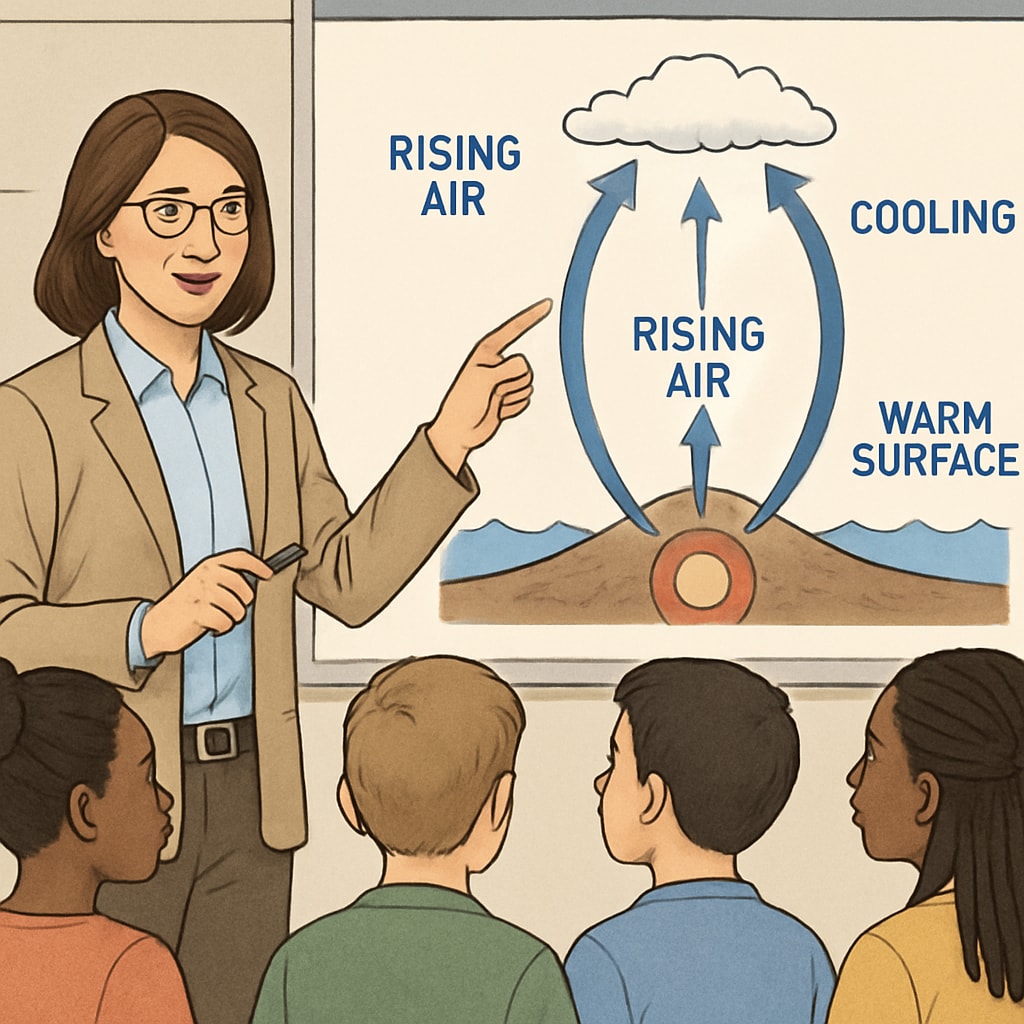High school science classrooms often bring together students of diverse linguistic and cultural backgrounds. Supporting English learners (ELs) in science teaching requires intentional strategies, such as differentiated instruction and the creation of inclusive learning environments. These methods not only help bridge language barriers but also foster academic success for all students, regardless of their proficiency in English.
Building an Inclusive Science Classroom
Creating an inclusive environment is essential for English learners to thrive. Teachers must ensure that their classrooms celebrate diversity and make students feel safe to express themselves. For example, incorporating students’ cultural contexts into lessons can help make science more relatable and engaging.
Additionally, teachers can:
- Pair ELs with supportive peers during group activities to encourage collaboration.
- Provide visual aids, such as diagrams and infographics, to support comprehension.
- Speak clearly, using accessible language and repeating key concepts when needed.
Such strategies allow English learners to feel valued and supported, which is critical for their engagement and success in science.

Differentiated Instruction for Diverse Learners
Differentiated instruction (tailoring teaching to meet the needs of individual students) is particularly effective for English learners. This approach accounts for varying levels of language proficiency and learning styles. For instance, teachers can adapt materials by simplifying texts, providing glossaries, or incorporating multimedia resources.
Some practical ways to implement differentiated instruction include:
- Using hands-on experiments that allow students to learn through observation and practice rather than relying solely on text-based explanations.
- Dividing complex scientific concepts into smaller, manageable components for step-by-step learning.
- Offering bilingual resources or translation tools to bridge gaps in understanding.
Through these techniques, teachers can ensure that all students, regardless of their English proficiency, have equal opportunities to succeed.

Leveraging Technology to Support Learning
Technology is a powerful tool for enhancing the learning experience of English learners. For example, educational apps and platforms can provide interactive simulations, videos, and quizzes tailored to ELs’ needs. Tools like Google Translate can help students clarify unfamiliar terms in real time.
Moreover, teachers can use:
- Online science dictionaries to build vocabulary.
- Interactive whiteboards to visually connect concepts.
- Learning management systems to share resources and assignments in multiple formats.
By integrating technology thoughtfully, educators can make science content more accessible and engaging for all learners.
Conclusion: Bridging the Gap
Supporting English learners in high school science requires a combination of differentiated instruction, inclusive practices, and the strategic use of technology. By addressing linguistic barriers and fostering a welcoming classroom atmosphere, teachers can empower every student to excel in science. As a result, educators not only help English learners succeed academically but also contribute to a more equitable and supportive learning environment for all.
Readability guidance: This article is structured with short paragraphs and bullet points to enhance readability. Transition words such as “for example” and “in addition” ensure a smooth flow of ideas. Each section provides actionable strategies to support English learners effectively.


